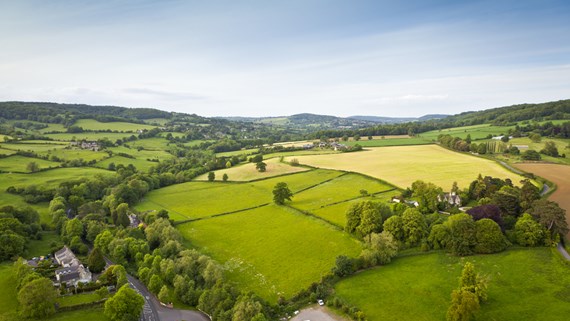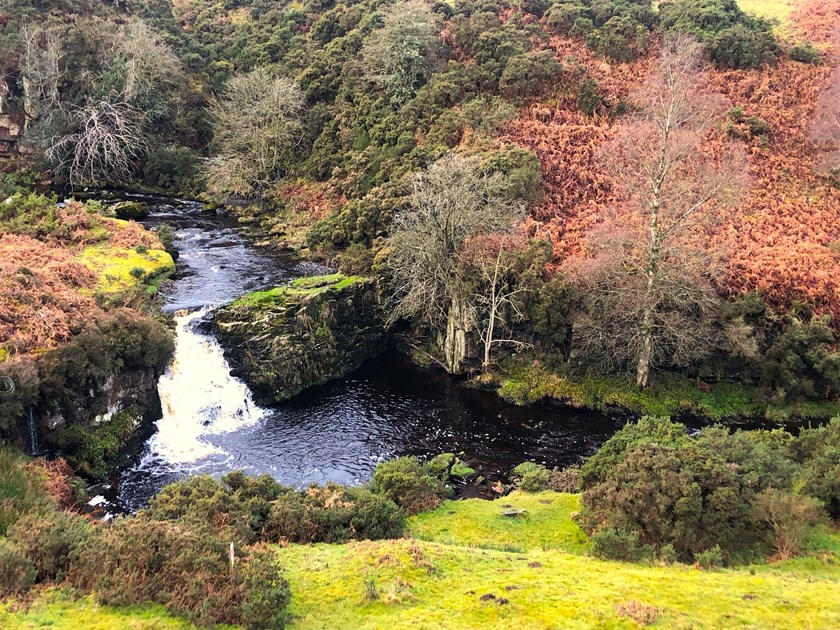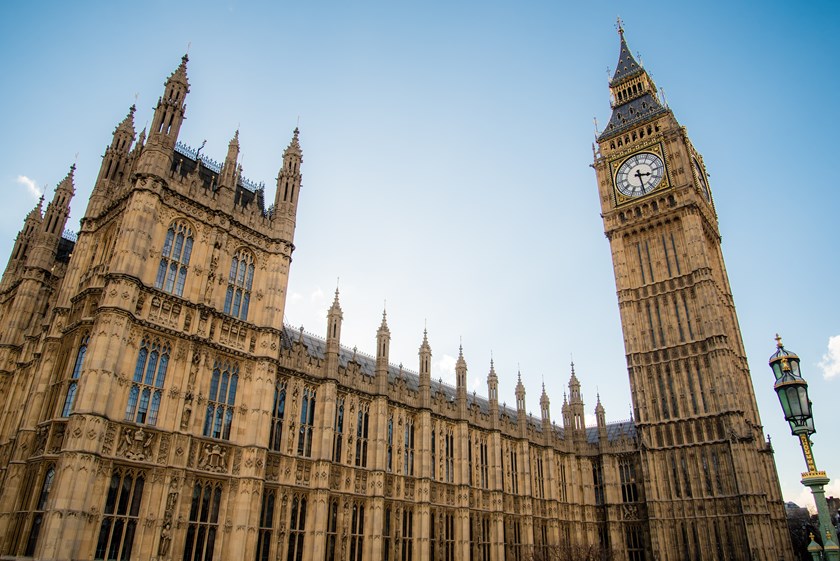Conservation covenants: thinking outside the BNG box
Insight

“How far should one generation be given freedom to dispose of property in ways that will restrict the freedom of the next?” That was the question posed in 1998 by the Law Commission, resulting in the 2009 Perpetuities Act, which curbed how much the “dead hand” of the past owners could limit the actions of future owners. O tempora, o mores. In 2014, the Law Commission identified the need for a new legal device, whereby current landowners could bind future ones: the conservation covenant. The sections of the Environment Act 2021 (2021 Act) enabling conservation covenants came into force on 30 September 2022 and since 29 November 2022 they have been capable of being registered as local land charges to make them binding on future owners.
The problem and the solution
Leaving aside the question of how desirable it is to seek to control the future, if one wants effectively to conserve land, habitats and heritage, it must be done for more than a few years at a time. The existing legal devices of positive covenants (which do not bind successors in title) and restrictive covenants (which generally require there to be neighbouring land that can benefit) are limited, and this is the problem that conservation covenants were designed to solve.
Briefly put, conservation covenants are private, voluntary agreements between a landowner and a responsible body, to do (or not to do) something on their land for a conservation purpose for the public good and which are statutorily binding on successors in title and protected as a local land charge. The three terms in bold are what set them apart and we will return to them later.
On- and off-site Biodiversity Net Gain (BNG)
Although already in effect under the National Planning Policy Framework, the requirement to provide 10 per cent biodiversity net gain as a condition of planning permission will become mandatory when Part 6 of the 2021 Act comes into force (due November 2023). On- and off-site BNG can be secured using planning conditions, s.106 Agreements or conservation covenants. However, the 2021 Act envisaged that it may be preferable to use conservation covenants to secure off-site BNG, because of the potential difficulties with enforcing planning obligations against third party landowners. That said, there may be some bias towards continuing to use s.106 agreements and planning law, with their known enforcement procedures, because they are more familiar to planning lawyers than conservation covenants which are, as yet, untested.
Either way, as developers would no doubt rather use developable land for development, it seems likely that there will be a high dependence on off-site BNG. This presents an interesting opportunity for landowners. Of course, careful thought needs to be given to the pros and cons of locking up land in this way for 30 years or more, not least the effect of such arrangements on wider estate planning and the availability of, say, agricultural property relief, but there are obvious opportunities here for creating an income stream from land which is otherwise low return or difficult to farm. And another thing: could this create a market for, and bolster prices of, low-grade agricultural land, where achieving a 10 per cent increase biodiversity would be child’s play, while suppressing the value of land that is already biodiverse?
A much broader application?
While using conservation covenants to secure BNG is a fairly clearly defined proposition, they may also have a more wide-ranging set of possible uses. Taking the first key characteristic: that it must be made between a landowner and a responsible body, the immediate question is who or what could qualify as a responsible body? It is for the Secretary of State to appoint them and guidance states they can be a local authority or charity, but public or private sector organisations are also given as examples, as long as their main purpose or activities relate to conservation. So, although the examples that spring to mind are existing, public wildlife charities, private charities and organisations are also included. Could a rural estate itself, or a special purpose vehicle (SPV) created by it, be a responsible body? Perhaps so. That said, it is worth noting that the obligations on responsible bodies in the 2021 Act are relatively onerous and not lightly to be undertaken.
The second characteristic: the requirement for there to be a conservation purpose, is equally widely drafted. It includes conserving, protecting, restoring or enhancing (any of) the natural environment, natural resources of land, cultural, historic, archaeological, architectural or artistic features of land, or the surrounds, settings or landscape of any land with these features. So not just wetlands and newts, but also preserving the setting of historic buildings or maintaining woodland. Or what about historic gardens or art collections?
Finally, it must be for the public good. This is not defined in the 2021 Act, but Defra guidance describes it as something that “… [benefits] the public in some way. For example, you could conserve land as a place of archaeological, architectural, artistic, cultural or historic interest that the public can enjoy”. Public access is not a prerequisite but is hinted at where appropriate and only talked about as excluded where, for example, flora require being left undisturbed.
These are just some examples. Taken in the round, the full potential of this new legal tool is likely to take some time to be fully realised, but one can already see the diversity of possible applications.
Beware the detail
On a more mundane level, conservation covenants create points of detail that need careful attention if one is to avoid unpleasant surprises; all the more so because they are specifically designed to be long-term and relatively difficult to alter.
Conservation covenants can be modified by agreement, but if the parties do not agree, it requires an application to the Upper Tribunal, which is neither quick nor easy. Defra guidance states that those buying land subject to conservation covenants will take on liability for existing or past breaches (and transgressions can be penalised by injunctions or exemplary damages). Furthermore, although the requirement for BNG on planning under the 2021 Act is 30 years, conservation covenants, unless specifically stated otherwise, will run in perpetuity in freehold land, or for the unexpired duration of the term in leasehold land. There are also general provisions that responsible bodies can be substituted with little control by the landowner, so the long-term agreement entered into with one party could end up in the hands of quite another.
All told, it will be fascinating to watch the development of conservation covenants and how they end up being used, both inside and outside the BNG box.
If you require further information about anything covered in this briefing, please contact Elizabeth Earle, or your usual contact at the firm on +44 (0)20 3375 7000.
This publication is a general summary of the law. It should not replace legal advice tailored to your specific circumstances.
© Farrer & Co LLP, December 2022







